What is a Parent Function?
Every function in the Cartesian plane stems from a particular parent function.
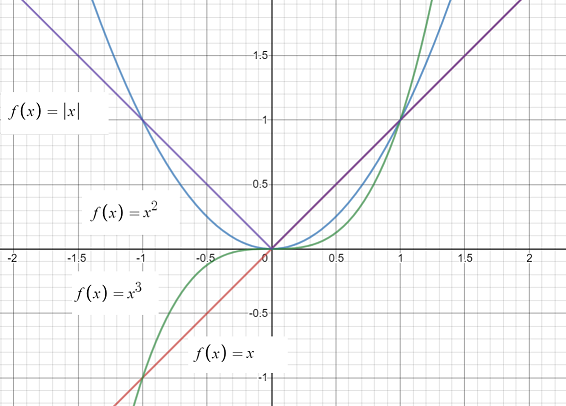
For example, every linear function can be generated from the parent function f(x) = x; Every other possible linear function of the form y = mx + b is a child function of this parent. Together, parent functions and child functions make up families of functions.
To put this another way, every function in a family is a transformation of a parent function. For example, the function f(x) = 2x is the linear parent function vertically stretched by a factor of 2; Instead of the function passing through (1, 1) the graph passes through (2, 1):
Common Parent Function List
- Absolute Value
- Constant
- Cube Root
- Cubic polynomial
- Exponential
- Linear (Identity)
- Logarithmic
- Quadratic polynomial
1. Absolute value parent function
The absolute value function is an even function with the parent p(x) = |x|.
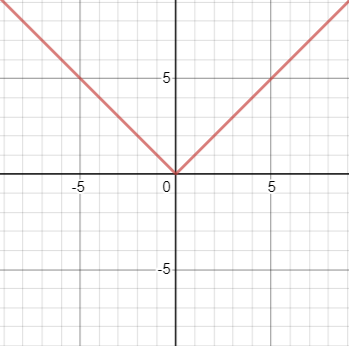
Characteristics:
- Domain: (-∞, ∞).
- Range: [0, ∞]; If x ≥ 0, then f(x) = x and if x <0, then f(x) = -x.
- Inverse Function: f(x) = x, for x≥ 0.
- General form: f(x) = a|b(x – h) + k.
2. Constant Parent Function
The constant function is an even function that has the parent f(x) = c.
The graph depends on the value of c. For example, the following graph shows two constant functions where c = 3 (red) and c = 2.5 (blue):

Characteristics:
- Domain: (-∞, ∞).
- Range: [c, c], where c is a real number.
- Undefined (asymptotic) inverse Function.
- General form: Ay + B = 0
3. Cube Root Parent Function
The cube root function is an odd function that has the parent
f(x) = ∛x.
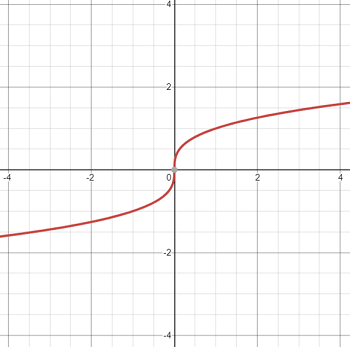
Characteristics:
- Domain: (-∞, ∞).
- Range: (-∞, ∞).
- Inverse Function: g(x) = x3
- General form: f(x) = ∛√(b(x – h)) + k.
4. Cubic Polynomial Parent Function
Cubic functions are odd functions. The parent is: f(x) = x3.
The cubic parent function is strictly increasing, which basically means it’s always headed upwards.
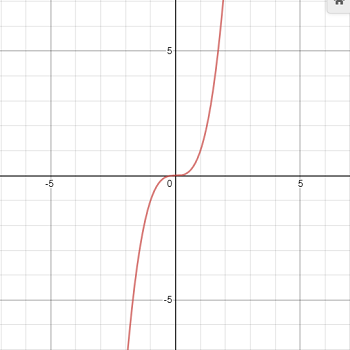
Characteristics:
- Domain: (-∞, ∞).
- Range: (-∞, ∞).
- Inverse Function: g(x) = ∛x
- General form: f(x) = a((b(x – h))3 + k.
5. Exponential Parent Function
The exponential function has no restrictions: inputs can be real numbers or imaginary numbers. The parent function is either f(x) = ex or f(x) = 10x.
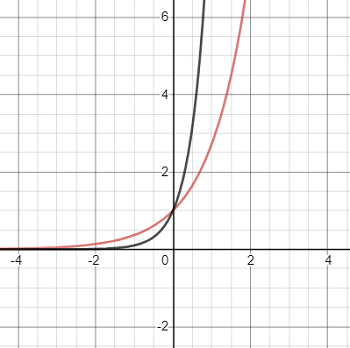
Characteristics:
- Domain: (-∞, ∞).
- Range: (0, ∞).
- Inverse Functions: g(x) = ln(x) or g(x) = log(x).
- General form: f(x) = a 10(b(x – h)) + k.
6. Linear function
The linear function is an odd function with the parent:
f(x) = x.
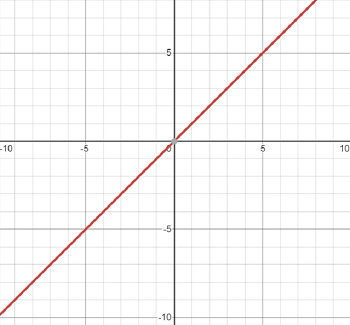
More info: Linear parent functions.
Characteristics:
- Domain: (-∞, ∞).
- Range: (-∞, ∞).
- Inverse Function: g(x) = x.
- General form: y = mx + b (m ≠ 0). Alternative: Ax + By + C = 0 or y – y0 = m(x – x0). For an overview of the different forms, see: Standard Form.
7. Logarithmic function
Parent: f(x) = logbx; Where b is the base.
For example, the parent f(x) = log2x is different from the parent f(x) = log10x.
The parent function for the natural logarithm function is ln(x).
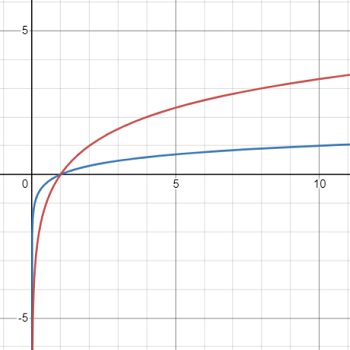
Characteristics:
- Domain: (0, ∞).
- Range: (-∞, ∞).
- Inverse Function: g(x) = 10x or g(x) = ex
- General form: f(x) = a log(b(x – h)) + k.
Quadratic or Square Function
Parent: F(x) = x2
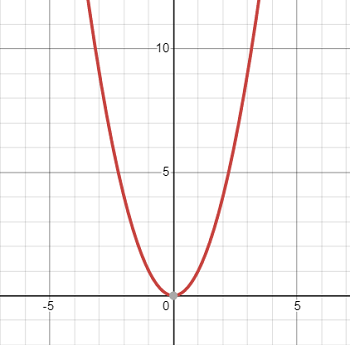
Characteristics:
- Domain: (-∞, ∞).
- Range: (0, ∞).
- Inverse Function: g(x) = √x
- General form: Ax2 + By + Cx + D = 0.
References
Desmos Graphing Calculator.
UF Library of Functions. Retrieved March 11, 2021 from: https://xronos.clas.ufl.edu/mac1140nowell/PrecalculusXourse/graphing/parentFunctions.
Harold’s Parent Functions “Cheat Sheet” (2016). Retrieved March 11, 2021 from: https://people.clas.ufl.edu/srnatkins/files/ParentFunctionChart.pdf